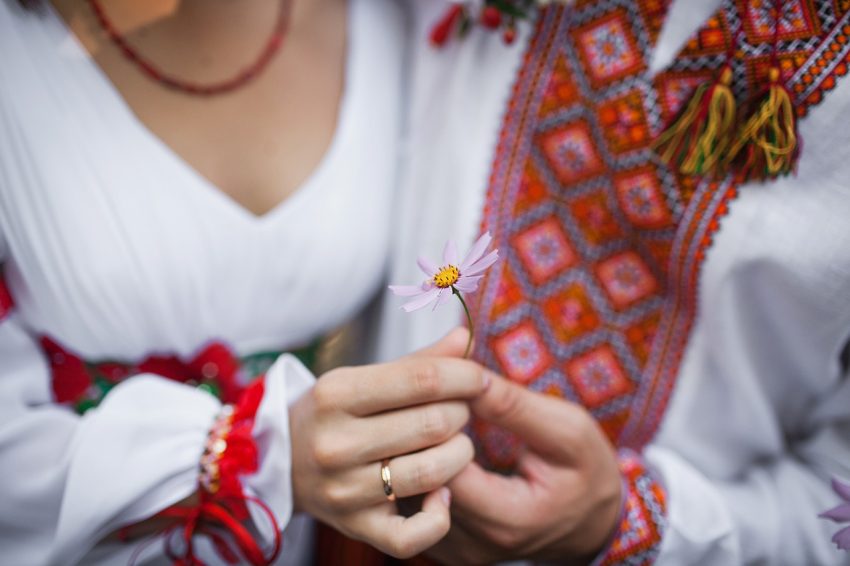If you are reading this article, then you have probably come to our blog because you are interested in folk music. We would assume that the more experienced folk music fans are already familiar with the basics that we intend to cover in the text below.
However, if you are one of our readers who are new to this captivating music genre, the following blog post is the right place to start your journey of exploration and discovery. In the paragraphs below, we will recount in a simple and easy-to-read manner a few basic definitions and facts that will help you understand the nature of folk music.
Let’s not take any longer and find out what folk music is all about!
So, What Is Folk Music?
This is probably the most common question we encounter as authors. As we promised, this blog post will be simple, so let’s abandon the textbook definitions and put it straightforwardly: Folk music is the type of music that is representative of a geographical location’s traditions and/or culture.
The term folk comes from the German word “volk.” The latter means “the people.” Hence, folk music is music born by and belonging to the people. Part of the term’s connotation comes to distinguish this music type from genres originating in religious institutions like the church and in noblemen’s courts.
Folk music is orally and aurally transmitted. That is to say, people learn folk music by listening and observing others perform and then recreating what they had witnessed. In other words, folk music is not traditionally written down.
Also, unlike popular music, which is used primarily for entertainment and social purposes, folk music is functional in nature. This means that it mainly serves other activities, such as rituals, games, work, and more.
Recording of folk music
While a couple of paragraphs above we mentioned that folk music is mainly transmitted through hearing and interpreting, with the evolution of the modern world, things have changed. Musicians, researchers, and other experts began recording folk music in the 20th century. Such recordings serve various purposes. Some of them include music heritage preservation, musical analysis, and fostering creativity among the present generations.
It is interesting to note that thanks to this recording movement, we now use the term “folk” to describe the music genre we talk about in this article. Folk music recordings have also served as the driving force behind giving the genre certain political meanings during the past couple of centuries. The latter has led to frequent folk music revivals. The most distinctive ones include the late 19th-century right-wing nationalistic composers and the leftist cultural revolutionaries who influenced the 1960s and the 1970s.
What Kinds of Folk Music Are There?
Folk music does not comprise only songs and tunes. It largely consists of three areas:
- Folk Singing
- Folk Instruments
- Folk Dance
When it comes to singing, one of the most common folk music formats is that of the ballad. Ballads are narrative in their nature. This means that they tell a story. Usually, ballads refer to topics such as love, sorrow, betrayal, popular tales and myths, and the like. That is how they became a major tool in handing down oral legacy and important stories from one generation to the other.
What is typical about ballads is that they have a repetitive pattern or the so-called “refrain,” after each verse. The goal of the refrain is to enable other participants to join in the song. Here is one example of a well-known folk ballad:
Children’s songs and lullabies also belong to the folk music legacy.
In terms of scales, folk music compositions vary. It is important to note that folk music scales are actually called “nodes.” Western Europeans mostly used the Ionian mode, which is close to today’s major scale. Throughout Eastern Europe, half steps were generally avoided. Nevertheless, in some parts of the region, semitones were used, giving local folk music a specific flavor and making it extravagantly colorful and vibrant.
In terms of instrumental, folk music is very simple. Basic drums, rattles, or even pairs of sticks were common instruments back in the day. Throughout the centuries, more sophisticated instruments appeared. Some of these included the harp, the zither, the bagpipe, and the violin. The latter is known as “the fiddle” in folklore.
Folk dancing is accompanied by instrumental folk music. The dances are very particular according to the specific region. They are mostly connected to certain rituals and celebrations and represent scenes from daily life, work, and other important moments.
Polyphony in folk songs
When we talk about folk music, it is essential to note that many songs are polyphonic. This means that they are sung in two or more voices. Curiously, while in countries like Britain, folk songs were only ever sung in a single voice, in other places, such as Russia, people would sing in as many as four voices. The latter tradition is called “podgolosnaya” in Russian. The word literally translates as “underneath the voice.”

